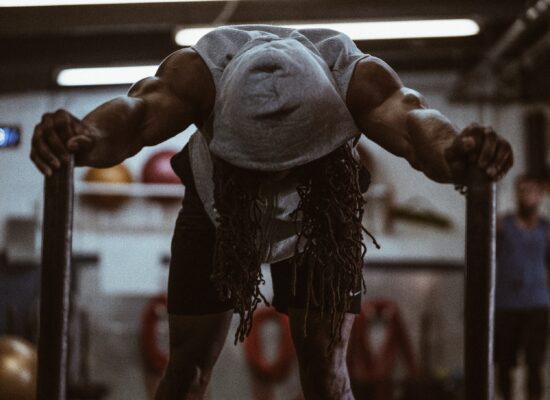The simultaneous training of strength and endurance qualities can be referred to as concurrent training. Being strong, powerful and fast whilst maintaining this for the duration of a game/race is essentially what sport comes down to on a physiological level. Training each of these qualities is vital, but not always understood. When strength and endurance qualities are trained together athletes often notice an interference effect. This is known as the concurrent training effect and is thought to be due to the interference of the molecular pathways which underlay the adaptations from each type of training.
When trying to avoid interference effect, essentially what we’re trying to do is keep the activation of an enzyme called adenosine monophosphate-activated protein kinase (AMPK) to a minimum. AMPK is activated from long continuous endurance exercise. It is key for endurance adaptation but interferes with strength adaptations. Scroll down to see how we’d go about getting around this.

Choose Endurance Training Type Wisely
We may choose to train strength or endurance qualities almost in isolation for a block, while maintaining the other, to maximise the benefits of one, before layering in the other qualities. If this is the case and you have the time, separating long aerobic work and strength work by 24 hours is advised. This is one way of minimising the interference effect, but our schedule may not always allow this. In that case, research has suggested that strength training is best paired with HIIT or Repeated Sprint Training.
Which Type First
Again, due to constraints, we may be forced to train strength & endurance in the same session, but which first? How to sequence the training types is a debated topic, essentially it depends on your goal at any given training phase. When the goal of training is to increase the endurance capacity or when resistance adaptations are of lower importance, then endurance exercises should be performed prior to the resistance exercises and vice versa.
If you’re a field sports player in off-season/early pre-season you might target strength work as priority one day, followed by endurance the next. Whereas in-season, when technical skill becomes priority, you might pair explosive high demand pitch sessions and strength work in the same session. While pairing low intensity technical work with aerobic based training, on a separate day.
Is There an Individual Difference?
In short, yes. What we need to look at here is training history and background, interference is higher in the more “established” athlete probably due to the fact that any stimulus should illicit an adaptation in un-trained individuals. That said if an elite athlete has never performed strength training before they will most likely experience some level of adaptation too without worrying about this effect.
So what should I do?
Hire a coach…
If that’s not feasible, explore what works best for you by following the examples shown above. Keep an eye on this page for some more ideas on this topic in the future.

